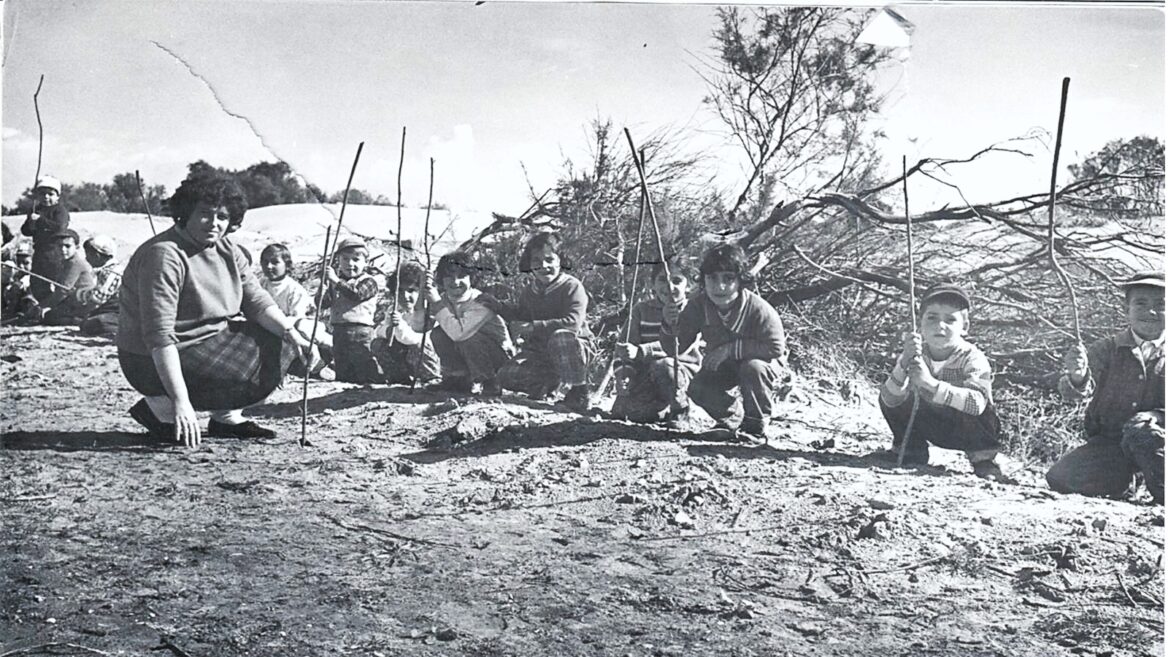Archive for January 28th, 2021
Happy New Year (For Trees)
Posted by Joshua Sharf in Uncategorized on January 28th, 2021

Today is Tu B’Shevat, the 15th of the Hebrew month of Shevat, celebrated as the New Year for Trees. It’s not that the trees all turn into drunken ents for the day, or go all Dr. Seuss and begin dancing around. Trees do not have souls or even spirits. (Judaism is rigorously monotheistic that way.)
Rather, it’s the date on which the trees are regarded as being one year older for tithing purposes. The first three years of a tree’s life, its fruit is forbidden for eating, and on the fourth year, its first fruit is tithed. Tu B’Shevat is the date on which a tree “ages” a year for purposes of this calculation.
Over the years, it has also become a Zionist ecological holiday. When Jews began to return to our ancient homeland, it became clear that in order to revitalize the land, trees would have to be planted. The project became a national one, with settlers doing the planting, funded by worldwide fundraising efforts.
The organization that took over that operation became known as the Jewish National Fund, and you can still contribute today and have a tree planted in your honor, or in the honor of someone you choose.
Prior to that, it was a day of note with no real ceremonies or observance. This kind of a vacuum was an open invitation to the mystics of the city of Safed near the Galilee, and they developed a Tu B’Shevat seder, consisting of four cups of wine (or grape juice) and fruits and nuts of the Land of Israel. It’s become increasingly popular, in various forms today.
Unfortunately, the vacuum of formal ritual has also been an invitation to contemporary politicization. Leftists have seized control of the day and turned it into a celebration of Jewish environmentalism, something entirely different either from its original intent or its commemoration about the mystics of Sefad.
In a highly readable article from a few years ago for the Hudson Institute, Tevi Troy reviews these historical and theological developments in detail.
The point is not that these individual environmental programs are bad or problematic in and of themselves. The vast majority of Jews, as well as Americans, agree that the environment is important and that current attitudes in favor of recycling and against pollution are good things. The question at stake is whether linking a Jewish observance to these modern values is a good thing for Judaism, both politically and religiously.
From a political standpoint, the redefinition of the New Year for Trees is an attempt to indoctrinate children in environmental activism while cementing the Jewish community’s ties to environmental causes. Now, while most Jews are liberals, not all are, and the identification of Judaism with a political movement risks alienating those with differing political beliefs. Judaism today, with its increasingly tenuous hold on its American members, cannot afford to risk alienating co-religionists, even those in the minority.
Troy makes mention of the fact that the current incarnation fundamentally alters Judaism’s emphasis:
Tu B’Shvat’s modern incarnation as an environmentalist holiday has another political implication as well. Long before any of the modern Tu B’Shvat observances merged, Judaism was and remains an environmentally friendly religion. Its view of the environment, however, is based in the sense of responsible individual stewardship and in the goodness of Creation, rather than in a critique of humankind. Judaism traditionally sees humans as keepers of the environment, not as hostile actors in conflict with it. But modern Tu B’Shvat observances, not to mention environmental-activist groups, mostly see man as the problem.
In 1998, Manfred Gerstenfeld anticipated some of these developments, and wrote a fine little survey of normative Judaism’s approach to these issues, Judaism: Environmentalism and the Environment. Unfortunately, rather than becoming a staple of the Jewish-American bookshelf, it appears to be out-of-print and all but unavailable.
Troy doesn’t discuss an additional danger. As environmentalism increasingly evolves into a religion of its own, it poses the peril of reintroducing nature-worship into a religion and people who had thoroughly expelled all such practices millennia ago.



